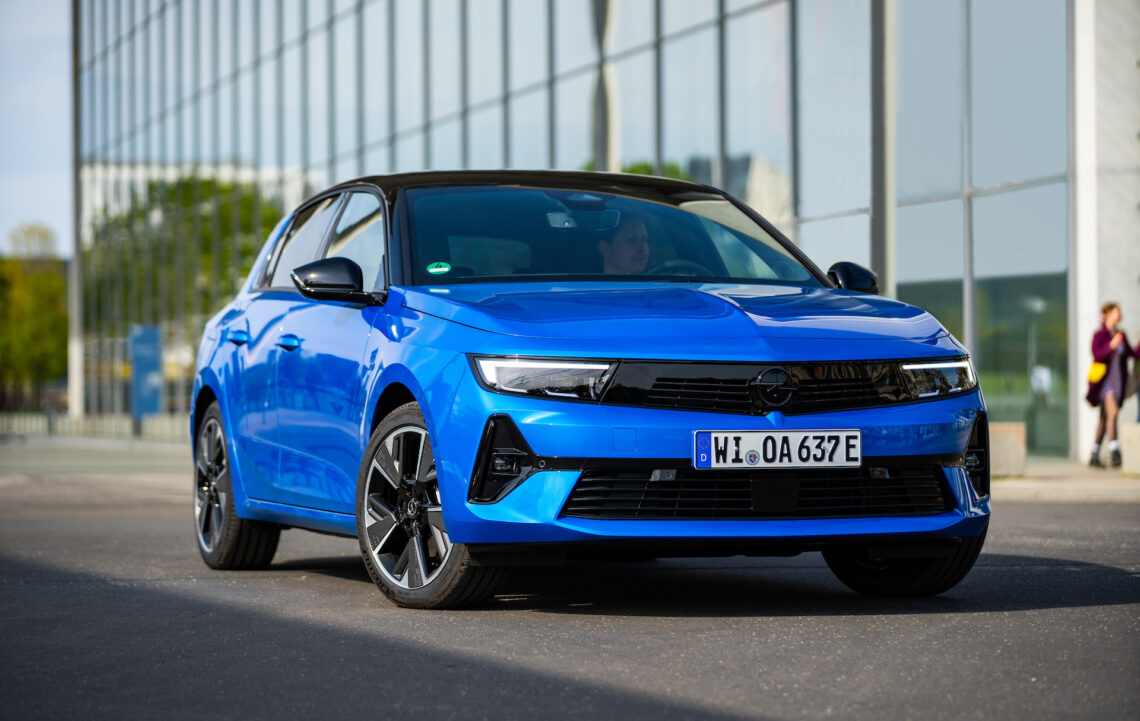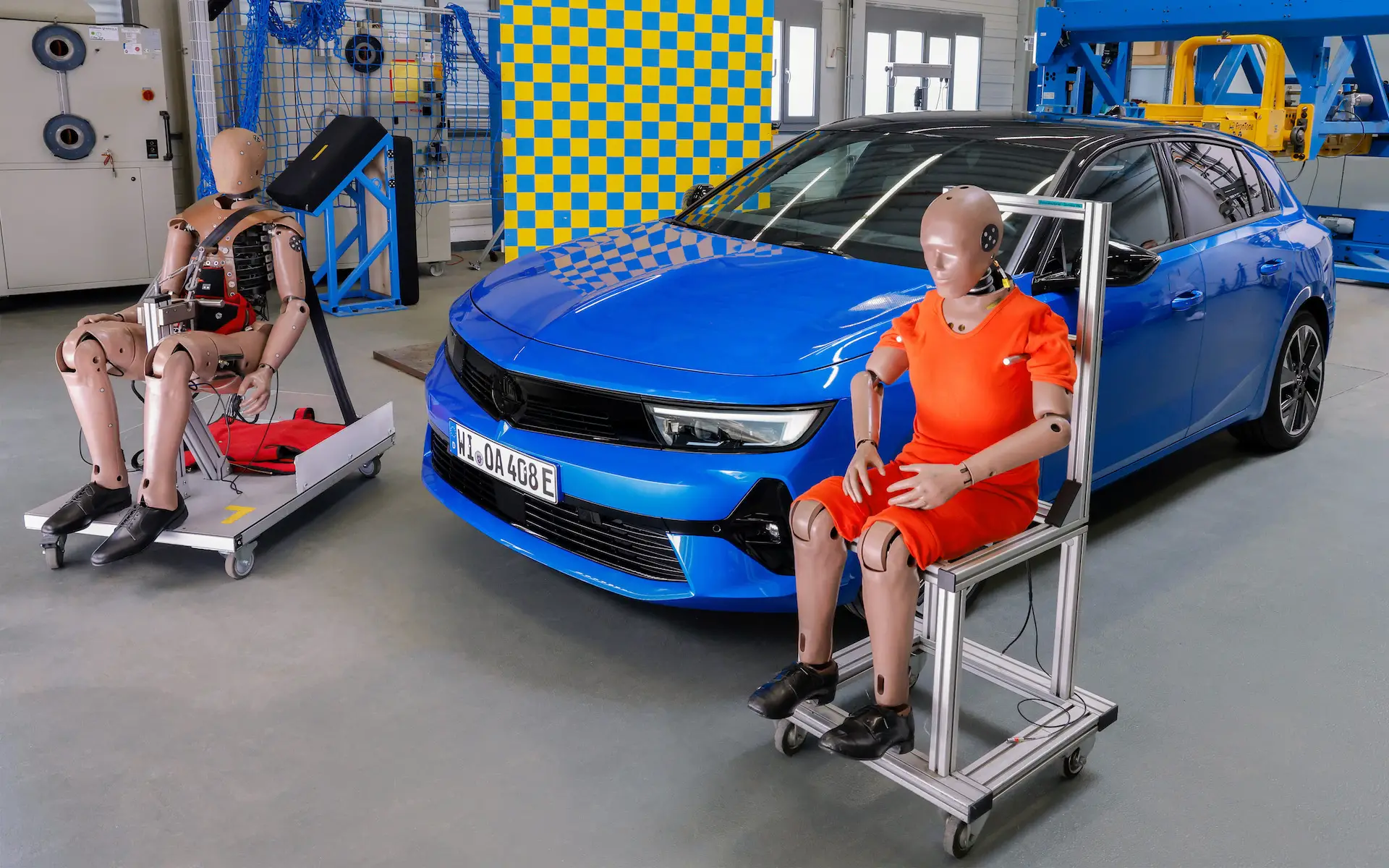Opel celebrates remarkable anniversary: 50 years of seat belts
Three-point belt systems
50 years ago, in 1973, the German automaker began installing three-point seat belt systems as standard in all its models, which you could easily attach with one hand. That was two years before the wearing of seat belts became mandatory in the Netherlands.
A lot has happened in those 50 years: today, Opel mounts an average of 15 meters of seat belts in each of its models. In fact, over the past five decades, it totals about 750 million meters of seat belt. That is equivalent to 18 times the circumference of the earth.

Inventor is Volvo
By the way, Opel is not the inventor of the three-point seat belt in cars. Indeed, it was Volvo engineer Nils Bohlin who introduced the three-point seat belt in the Volvo PV544. It was 1959 at the time. Volvo Cars waived the patent on this invention so that everyone could benefit from it. Also Opel, for example.
Indispensable safety feature
In the 1960s, Opel engineers began testing seat belts. As of April 1968, the Opel Kadett, Admiral and Diplomat, among others, were available with front seat belts. The classic Manta A coupe followed in October 1970. This indispensable safety feature later became available in sporty models, such as the Kadett B Rallye in 1967 and a year later in the Commodore A GS.
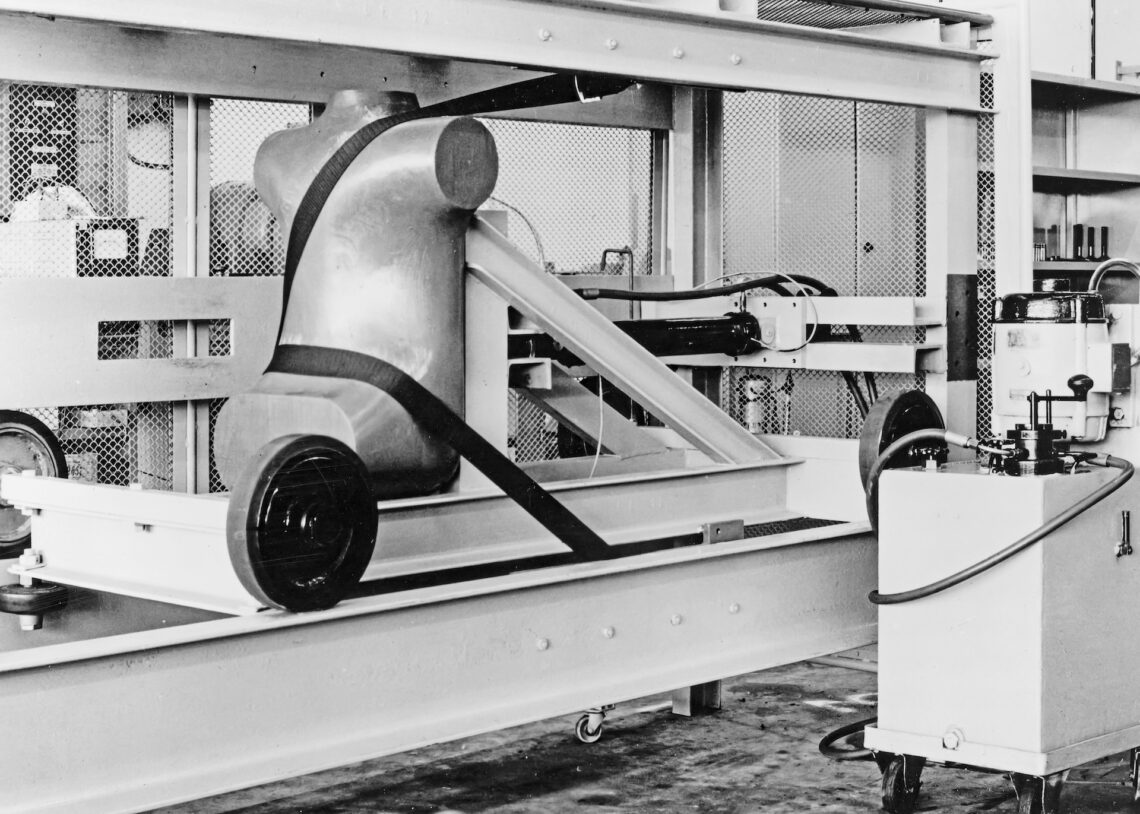
Campaign
Opel actively campaigned for seat belt acceptance at the same time. At the Dudenhofen Test Center, Opel engineers showed the results of their accident research program to the media in 1969. The main message: over half of all traffic accident victims could still be alive if they had been wearing seat belts.

An important letter
In early 1972, Opel management asked all employees in a letter to wear their seat belts. Opel also offered all its employees the opportunity to have seat belts installed at a discount. The offer proved a great success: 12,000 sets of seat belts were provided in a short time.
Early awareness
The general public was initially somewhat reluctant to accept the seat belt as an indispensable component in a safe passenger car, even though the wearing of seat belts had been made compulsory in the Netherlands as of June 1, 1975. At the time, many found it too inconvenient to wear a seat belt, especially if the car was used by several family members and the belt therefore had to be adjusted each time. This problem was soon solved with the automatic belt tensioner. For several prejudices, however, there was no solution for a long time; motorists felt that the seat belt restricted personal freedom and that its safety effect was questionable. This dissent hushed as it became clear that traffic fatalities were beginning to decline.

Height adjustable seat belts
Safety specialists worked continuously to improve these systems. In 1986, the Opel Omega was the first car in the world to have standard height-adjustable seat belts for the front and rear seats. In 1991, Opel presented the seatbelt pretensioner in the Astra F. Next came the full-size airbag and active safety systems, such as an anti-lock braking system (ABS) and the electronic stability program (ESP).

Belt tension limiters
Airbags in particular reduce the risk of injury, provided the driver and passengers actually fasten their seat belts. The seat belt restrains the body in a crash; the airbag is there to cushion the residual impact. Because the seat belt absorbs about two-thirds of the energy of a crash, the first belt tension limiters were introduced in the 2000s to prevent peak loads. Other improvements, such as the electric seatbelt actuator in convertibles, are aimed primarily at increasing comfort.
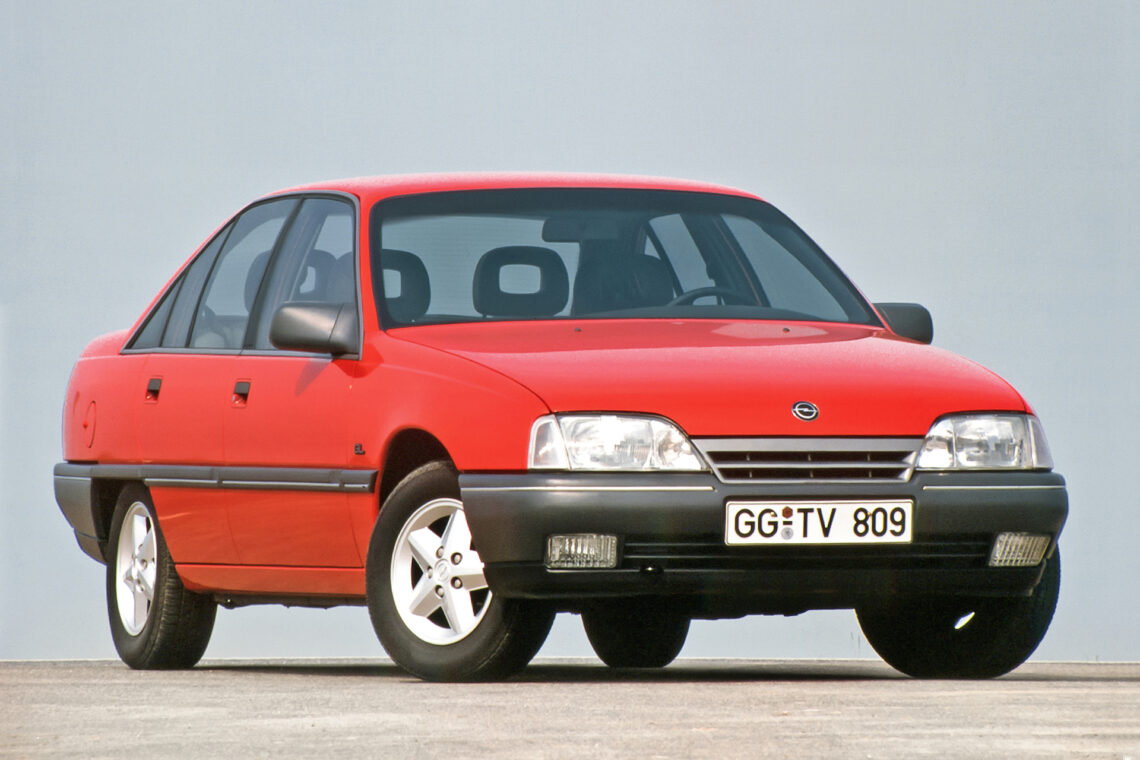
Crucial millimeters
In the 1960s, Opel engineers discovered another important factor: the safety steering column to prevent the steering wheel and steering column from entering the passenger compartment in a collision. This remains one of the principles of Opel’s safety strategy even today. A steering column that folds slightly can ensure – along with the seat belt and airbag – that a dynamic play area of up to 100 millimeters is created. That seems little, but that extra leeway is crucial to maximize the effect of the safety systems that cushion the body and absorb impact forces in a crash.
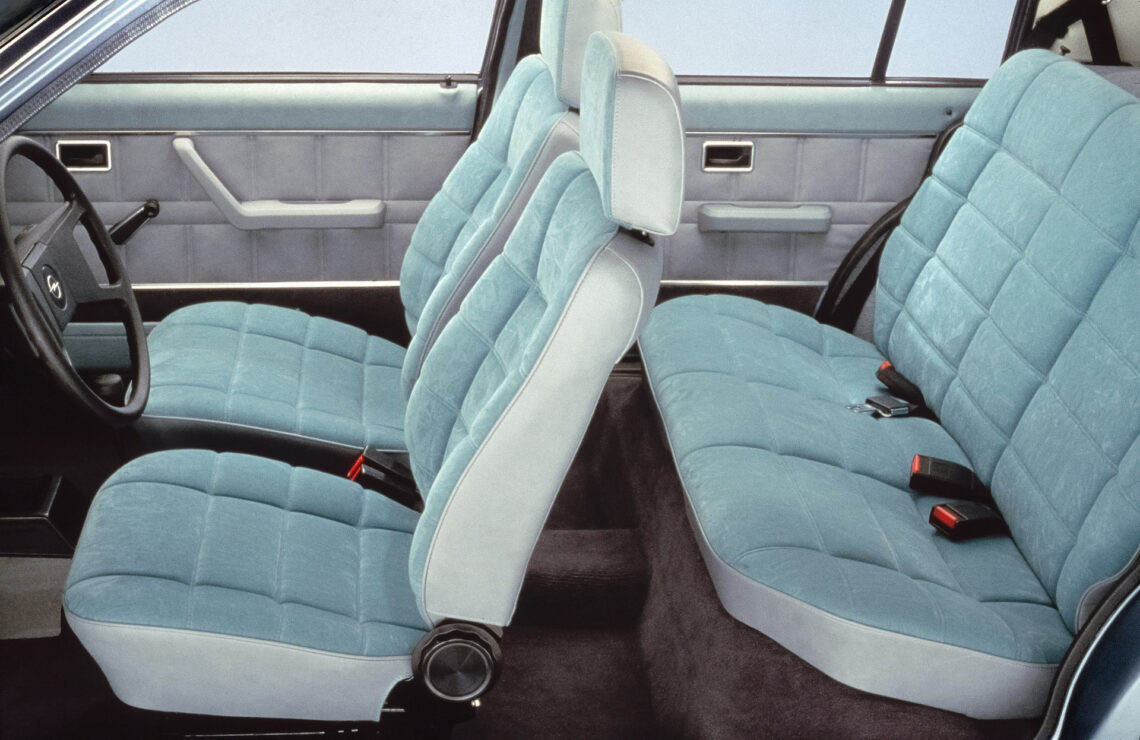
New design
“With the adaptive tension limiter now in the Opel Astra Electric, the belt tension is electronically controlled throughout the course of the collision,” Opel specialists explain. “Installed in the THOR crash test dummy are four sensors that measure the biomechanical load on the chest.” In previous tests, only single measurements were possible. This new design guarantees better sensitivity, made possible in part by the latest generation of crash test dummies in use since 2020.
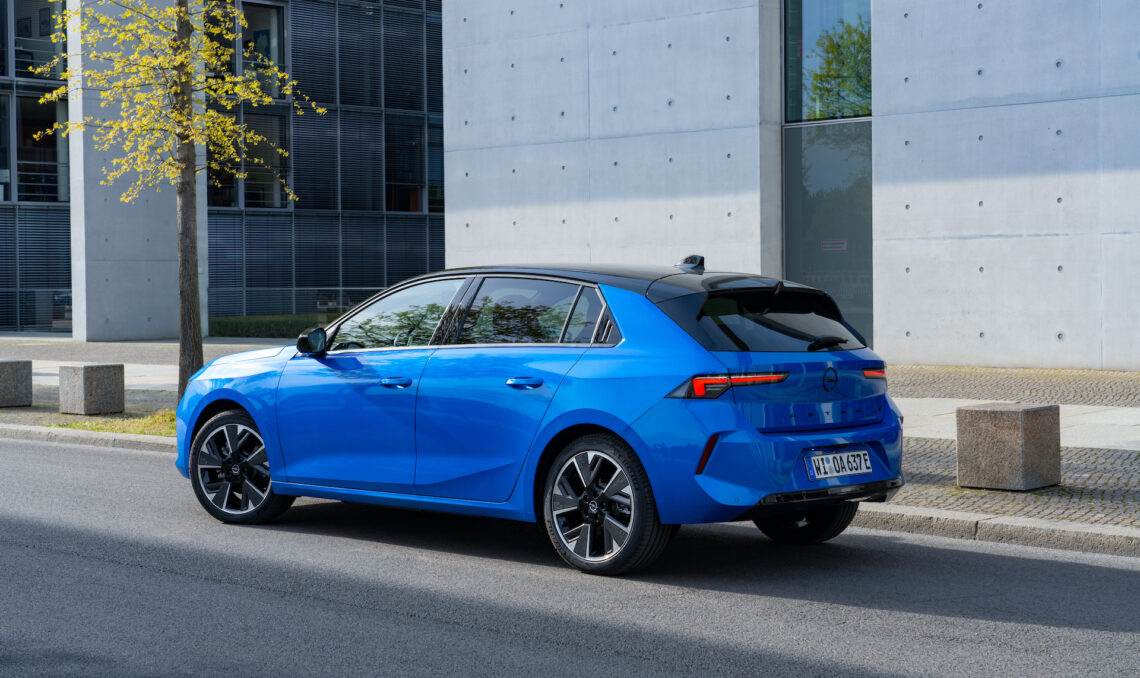
New dummies
The development of the seat belt has been inextricably linked to the development of ever-improving high-tech dummies. These are used in tests to simulate the effects of a crash on the human body before a safety system is approved for series production. The latest generation of dummies is known as THOR, an acronym for “Test Device for Human Occupant Restraint.
Thanks to more than 120 sensors, THOR makes electronic observations and then communicates what happens to it in the event of a collision. Using this dummy, Opel developed the adaptive belt tension limiter, which was first used in the Opel Mokka and now in the Astra. This is another milestone in the decades-long development of passive safety features. And there is so much more to discover.
Automated driving brings new challenges
For better protection of older drivers in particular, for example, starting in 2026, crash tests will also be conducted that take into account the fragile bone structure of the elderly. Opel’s development team in Rüsselsheim is also looking to the distant future: the advent of automated motoring brings with it a lot of change. In this regard, it is conceivable, for example, that it is no longer necessary for occupants to sit forward in the car, but in a way that you can look at each other.
Some might even lie while driving. Seat belts can be fully integrated into the seats. “We are already studying intensively what this means in detail for the safety systems,” says Schüßler. Automated driving ensures that the seat belt success story, which has lasted for five decades and saved countless lives during that time, enters a new era.
